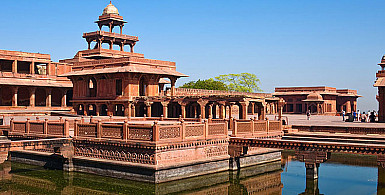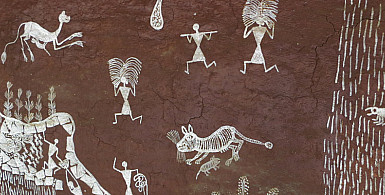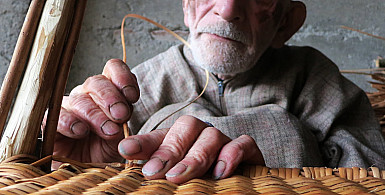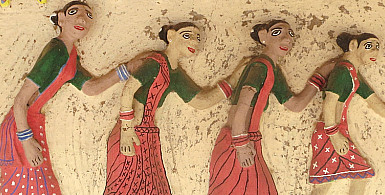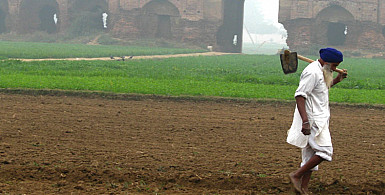When it comes to hand block print Craftsmen at India are masters of their work on different designs that are traditional as well as have contemporary variations. The blocks are of different shapes and have designs carved at the bottom surface. The artisan goes on to print with several blocks to attain the final composition, the first block imparts the outline and the other block imparts different colors on the fabrics. Ajrakh, Bagh, Sanganeri, Bhagru, Dabu, Gamthi are one of the most popular Block printed sarees in India.
Made & Mkt by: Gaatha
Product Code: 3800-LUS-07
From the plateaus of Madhya Pradesh, to the arid Thar Desert of Rajastha, to those of salt along the coastal lines of Arabian sea in Kutchh... she pulled a fistful of inspiration from where ever her clan moved, to embellish her ‘Odhni’ and ‘Ghagra’ with it. Champa, Dhola maru, Jalam Buta, Mirchi and..
Rs.1,950
Made & Mkt by: Gaatha
Product Code: 3800-LUS-06
From the plateaus of Madhya Pradesh, to the arid Thar Desert of Rajastha, to those of salt along the coastal lines of Arabian sea in Kutchh... she pulled a fistful of inspiration from where ever her clan moved, to embellish her ‘Odhni’ and ‘Ghagra’ with it. Champa, Dhola maru, Jalam Buta, Mirchi and..
Rs.1,950
Made & Mkt by: Zuber Khatri
Product Code: 4023-Z-03
A familiar chatter swells in the air as feet chase the trail of a carelessly flying odhani in the by-lanes of Bhuj, spilling colors all over. While the women are busy tying knots in fabric, their whispered secrets quietly sneak into these tied bundles. They remain unnoticed but intact till the ..
Rs.10,500
Made & Mkt by: Sufiyan Khatri
Product Code: 3735-SA-16
Long time ago, there was a king of Sindh, who like any other king, was fond of royal luxuries and used to sleep on a new bedspread everyday. One day, when his servant was about to change the bed sheet, the king stopped him, saying “Aaj Rakh” (keep it today); he had liked it so much. It was a beautif..
Rs.3,900
Made & Mkt by: Sufiyan Khatri
Product Code: 3735-SA-10
Long time ago, there was a king of Sindh, who like any other king, was fond of royal luxuries and used to sleep on a new bedspread everyday. One day, when his servant was about to change the bed sheet, the king stopped him, saying “Aaj Rakh” (keep it today); he had liked it so much. It was a beautif..
Rs.6,300
Made & Mkt by: Shri Purshottam Jharia
Product Code: 3800-TIS-05
From the plateaus of Madhya Pradesh, to the arid Thar Desert of Rajastha, to those of salt along the coastal lines of Arabian sea in Kutchh... she pulled a fistful of inspiration from where ever her clan moved, to embellish her ‘Odhni’ and ‘Ghagra’ with it. Champa, Dhola maru, Jalam Buta, Mirchi and..
Rs.1,490
Made & Mkt by: Shri Purshottam Jharia
Product Code: 3800-DIG-18
From the plateaus of Madhya Pradesh, to the arid Thar Desert of Rajastha, to those of salt along the coastal lines of Arabian sea in Kutchh... she pulled a fistful of inspiration from where ever her clan moved, to embellish her ‘Odhni’ and ‘Ghagra’ with it. Champa, Dhola maru, Jalam Buta, Mirchi and..
Rs.2,350
Made & Mkt by: Shri Purshottam Jharia
Product Code: 3800-DIG-9
From the plateaus of Madhya Pradesh, to the arid Thar Desert of Rajastha, to those of salt along the coastal lines of Arabian sea in Kutchh... she pulled a fistful of inspiration from where ever her clan moved, to embellish her ‘Odhni’ and ‘Ghagra’ with it. Champa, Dhola maru, Jalam Buta, Mirchi and..
Rs.2,350
Made & Mkt by: Shri Purshottam Jharia
Product Code: 3800-DIG-8
From the plateaus of Madhya Pradesh, to the arid Thar Desert of Rajastha, to those of salt along the coastal lines of Arabian sea in Kutchh... she pulled a fistful of inspiration from where ever her clan moved, to embellish her ‘Odhni’ and ‘Ghagra’ with it. Champa, Dhola maru, Jalam Buta, Mirchi and..
Rs.2,350
Made & Mkt by: Shri Purshottam Jharia
Product Code: 3800-INDGO-13
From the plateaus of Madhya Pradesh, to the arid Thar Desert of Rajastha, to those of salt along the coastal lines of Arabian sea in Kutchh... she pulled a fistful of inspiration from where ever her clan moved, to embellish her ‘Odhni’ and ‘Ghagra’ with it. Champa, Dhola maru, Jalam Buta, Mirchi and..
Rs.1,690
Made & Mkt by: Shri Purshottam Jharia
Product Code: 3800-IFC14
From the plateaus of Madhya Pradesh, to the arid Thar Desert of Rajastha, to those of salt along the coastal lines of Arabian sea in Kutchh... she pulled a fistful of inspiration from where ever her clan moved, to embellish her ‘Odhni’ and ‘Ghagra’ with it. Champa, Dhola maru, Jalam Buta, Mirchi and..
Rs.1,650
Made & Mkt by: Shri Purshottam Jharia
Product Code: 3800-IFC12
From the plateaus of Madhya Pradesh, to the arid Thar Desert of Rajastha, to those of salt along the coastal lines of Arabian sea in Kutchh... she pulled a fistful of inspiration from where ever her clan moved, to embellish her ‘Odhni’ and ‘Ghagra’ with it. Champa, Dhola maru, Jalam Buta, Mirchi and..
Rs.1,650

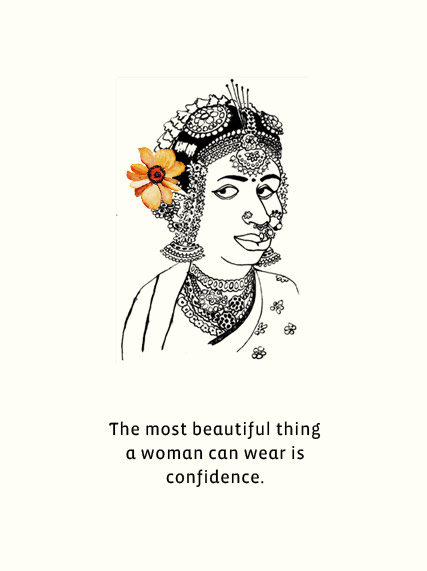

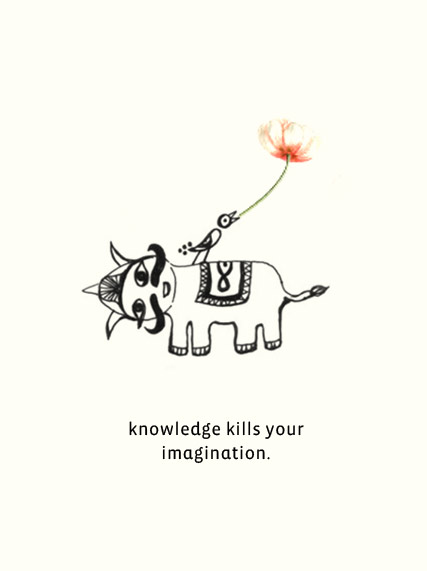


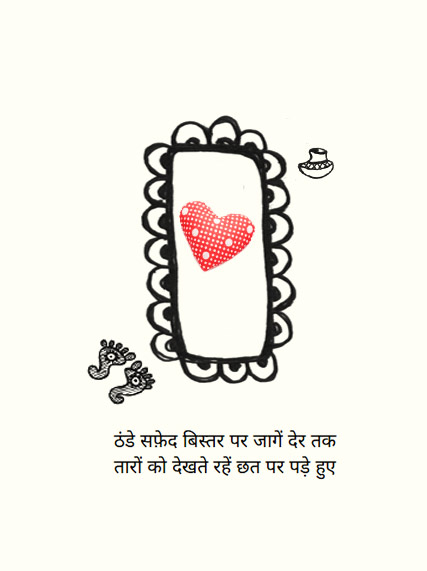




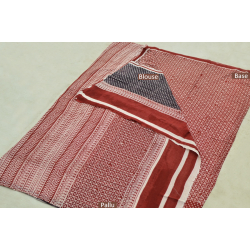


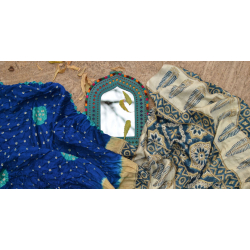
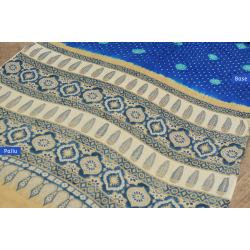
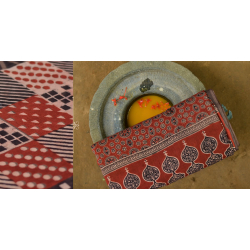
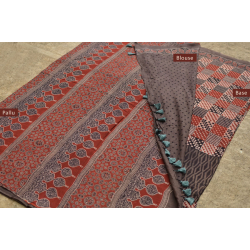
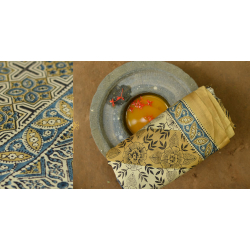
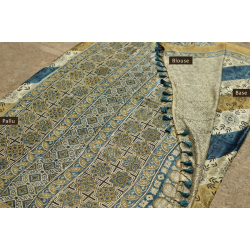


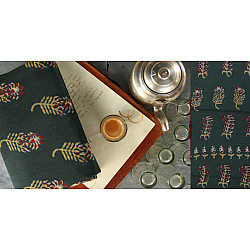
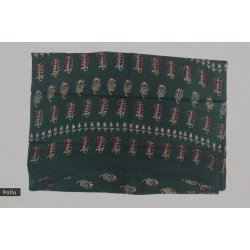

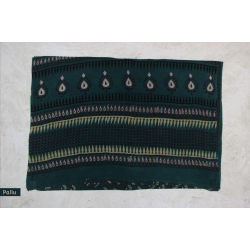
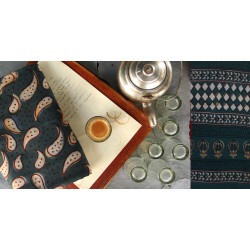
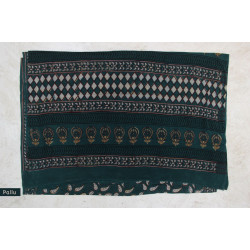
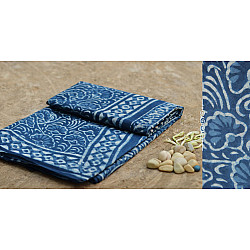
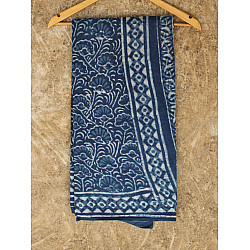


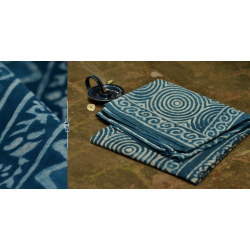
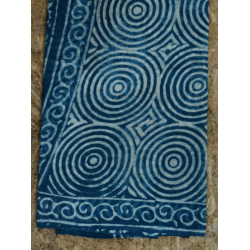
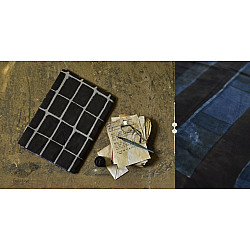
-250x250w.jpg)

-250x250w.jpg)
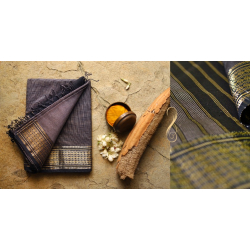

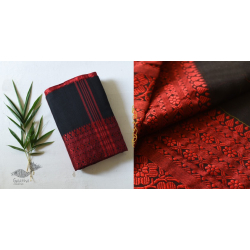
-250x250w.jpg)
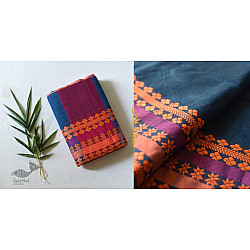
-250x250w.jpg)

-250x250w.jpg)
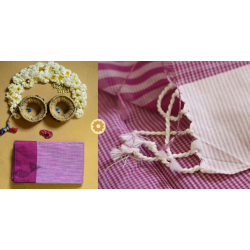
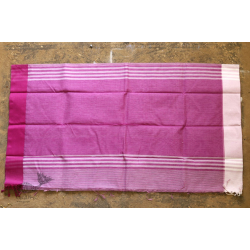
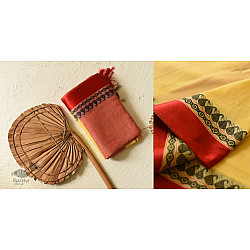
-250x250w.jpg)

-250x250w.jpg)
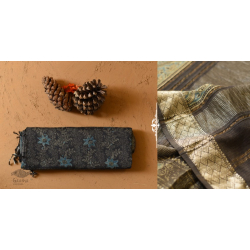
-250x250w.jpg)
